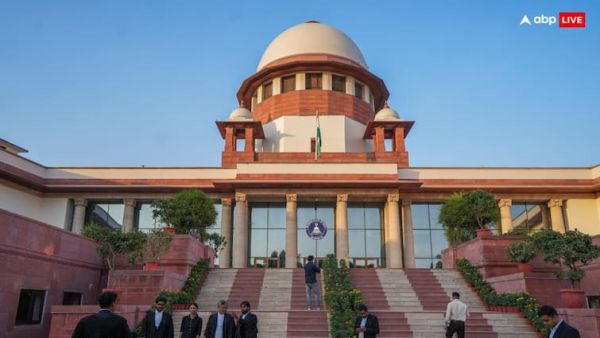The Central Government has announced an increase of 4% in dearness allowance (DA) and inflation relief (DR) for its employees and pensioners since 1 January 2025. This decision will benefit about 48.66 lakh employees and 66.55 lakh pensioners across the country. This increase has been made on the basis of the recommendations of the 7th Pay Commission, which aims to provide financial relief amid rising inflation. In this article we will explain the effects of this growth, calculation, and its importance to the employees in a simple and clear manner.
4% DA growth: What is a new change?
The central government recently announced to increase dearness allowance from the current 53% to 57%. This growth is based on data from All India Consumer Price Index (AICPI), which measures the rate of inflation. This change will be effective from January 1, 2025, and will also include arrears from January to March in salary or pension of April 2025. For example, if the basic salary of an employee is ₹ 18,000, he will now get an additional ₹ 720 per month, ie an increase of ₹ 8,640 annually. The same calculation will be applicable for pensioners, which will increase their monthly income.
What does this mean for employees and pensioners?
Dearness allowance is an important part of the income of employees and pensioners, which helps reduce the impact of rising prices. This growth will be especially relief for those who fall into the low and middle income group. Experts say that this step will not only provide financial stability, but will also speed up the economy by promoting consumption. However, some employee unions have described it as relatively low, as the DA growth in the last seven years has usually been 3-4%, and this time too was expected.
Dues Payment: When and how to get it?
This time there was a slight delay in the declaration of DA growth, which is usually before Holi or Diwali. For this reason, employees and pensioners will get a lump sum from January to March in salary or pension of April 2025. For example, an employee with a ₹ 18,000 original salary will get an additional ₹ 2,160 (outstanding 3 months). Similarly, pensioner with ₹ 9,000 original pension will get an arrear of ₹ 1,080. This payment will come as a lump sum financial benefit for employees and pensioners, which they can use for savings or necessary expenses.
8th Pay Commission: What is the future plan?
With the announcement of this DA growth, the discussion of the 8th Pay Commission has also intensified, which is likely to be implemented from 1 January 2026. The government announced the formation of this commission on 16 January 2025. Experts believe that the Commission's recommendations can be started from zero by including DA in the original salary. This means that the next DA growth (July-December 2025) can be the last under the 7th Pay Commission. Employees are advised to make a financial plan in advance for this change.
Suggestions for financial management
Employees and pensioners should focus on their financial management with DA growth. Investing the outstanding amount in savings schemes, such as fixed deposits (FD) or mutual funds can be a sensible step. In addition, plan to use increased income for required expenses, such as education or health. Financial advisors say that using this extra income for long -term saving will increase financial stability in the future.









